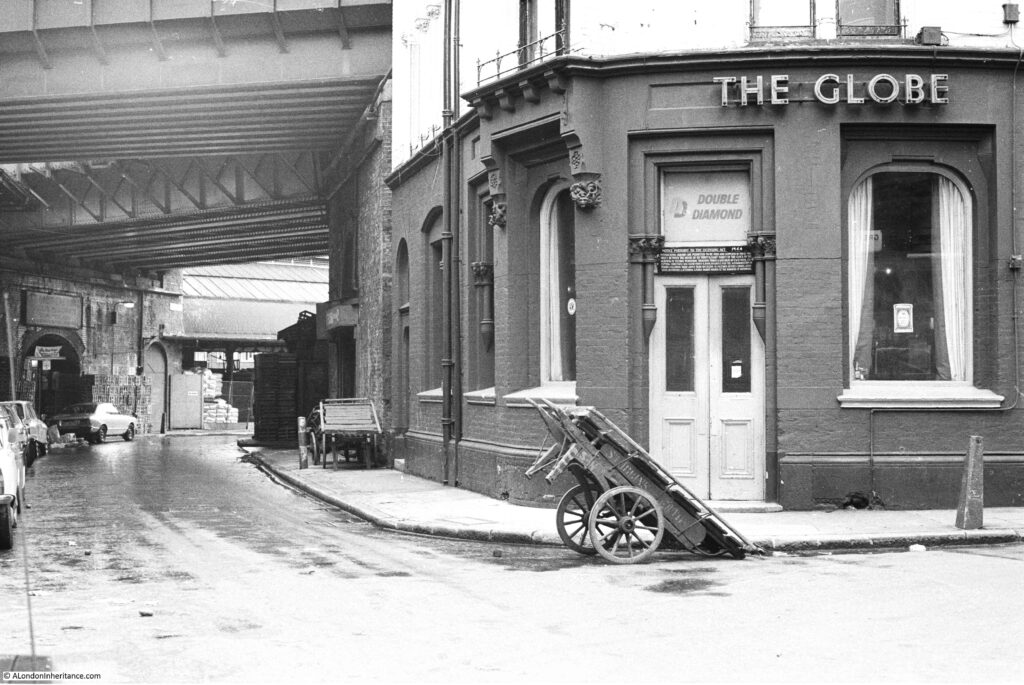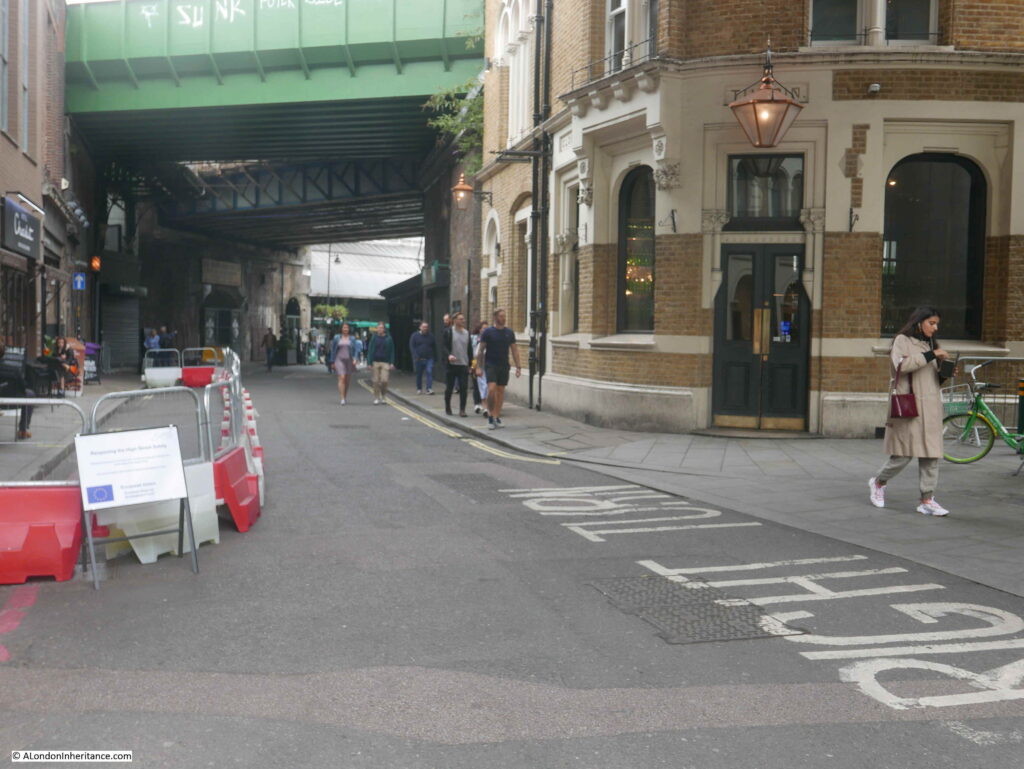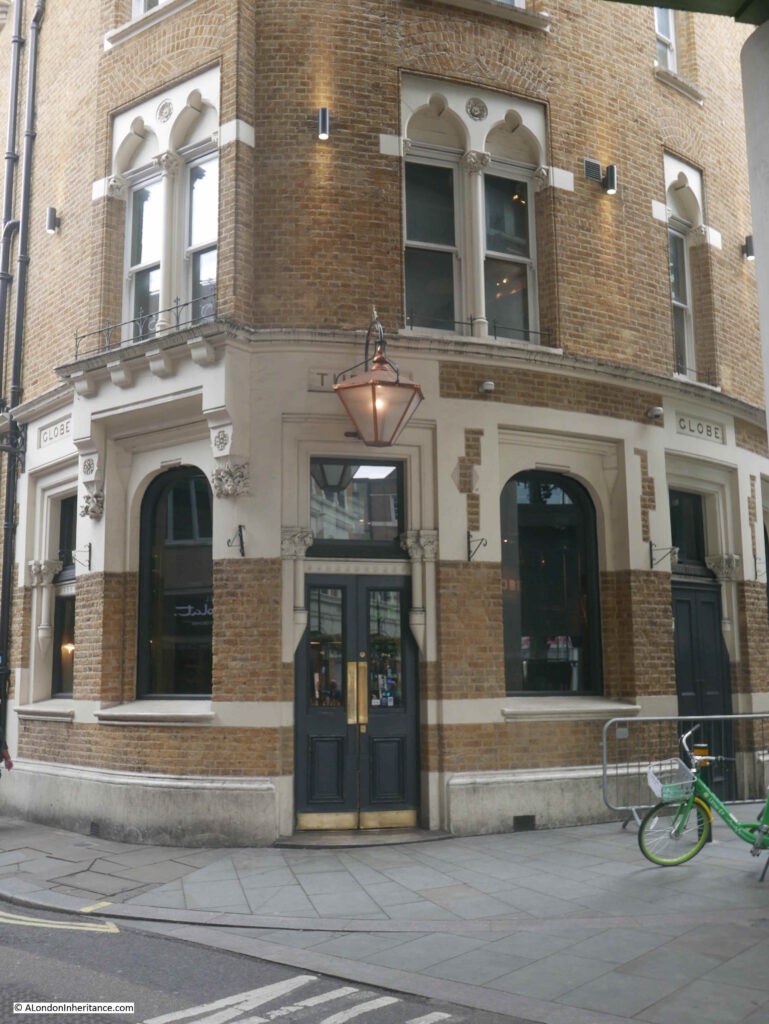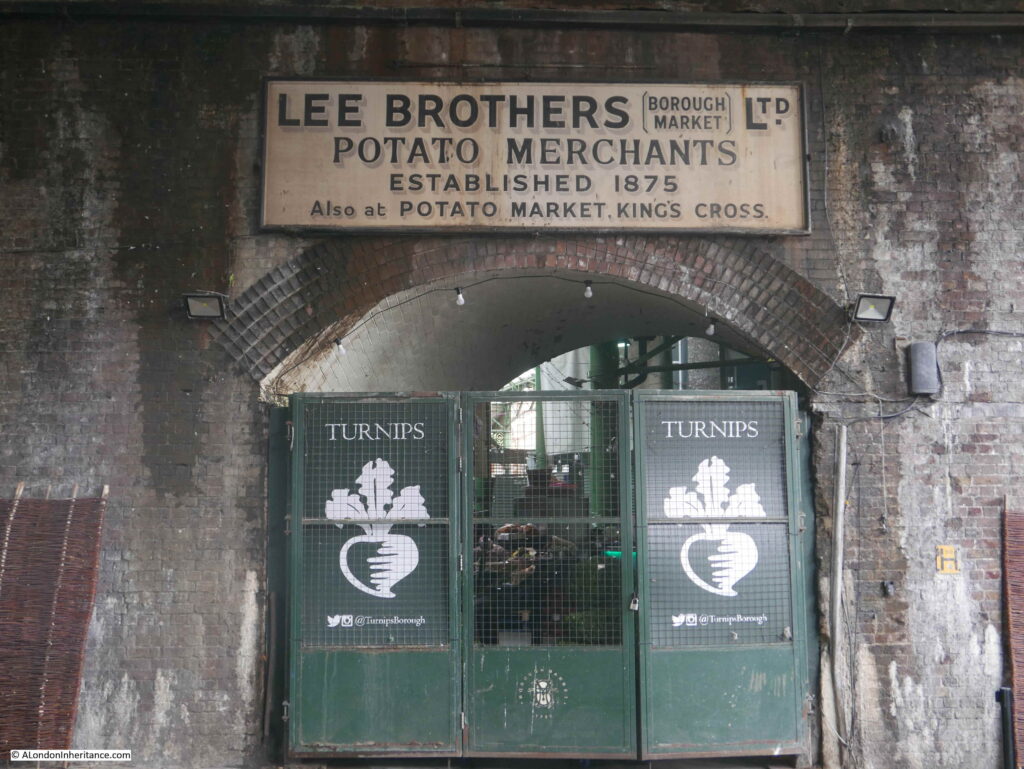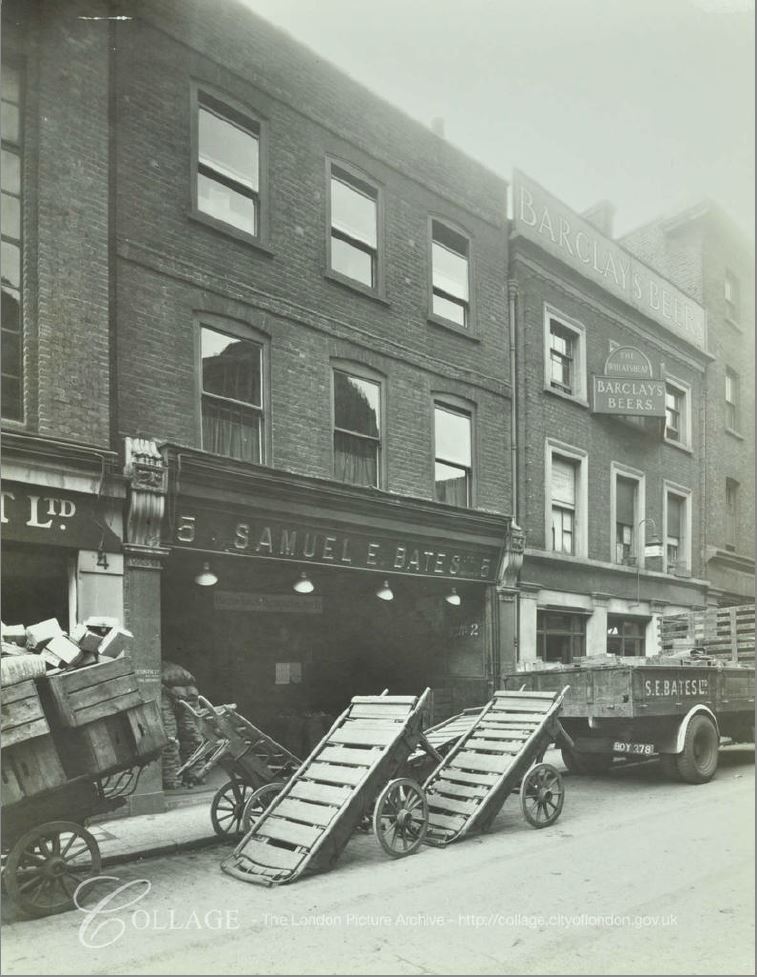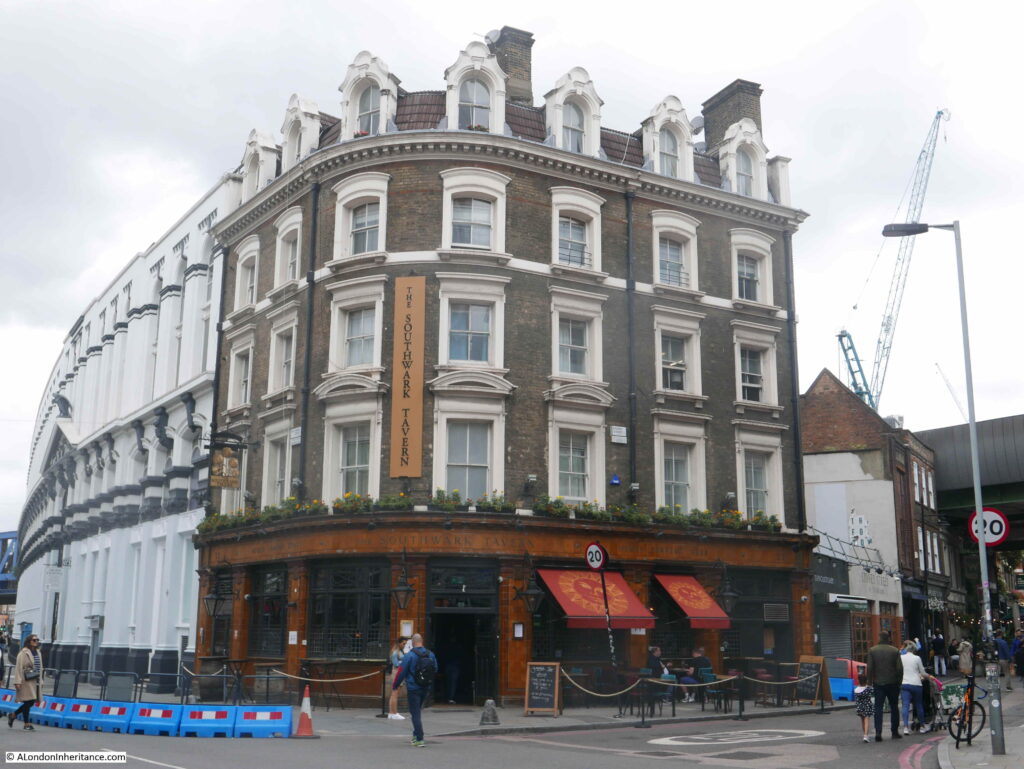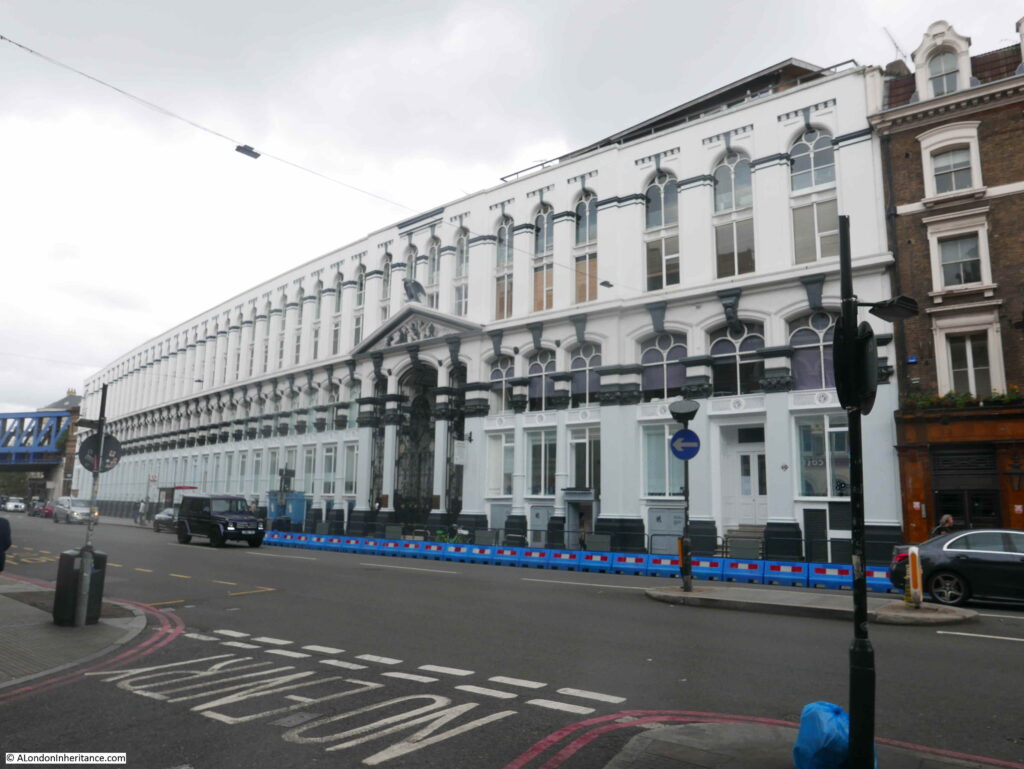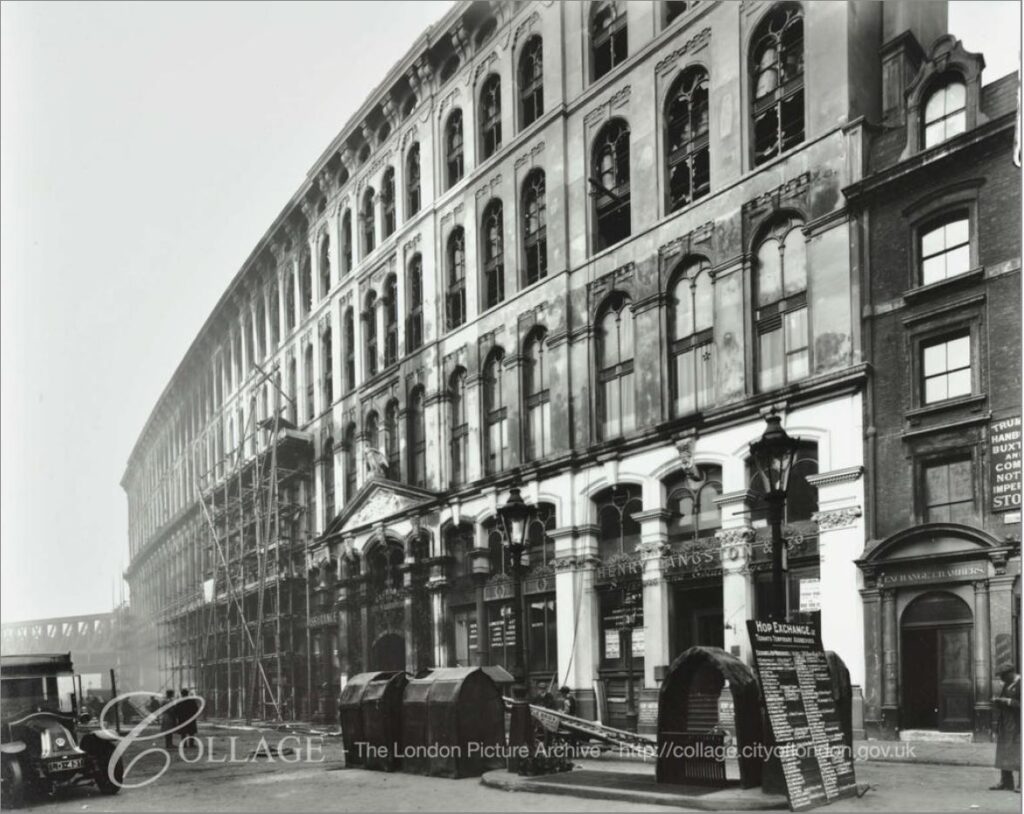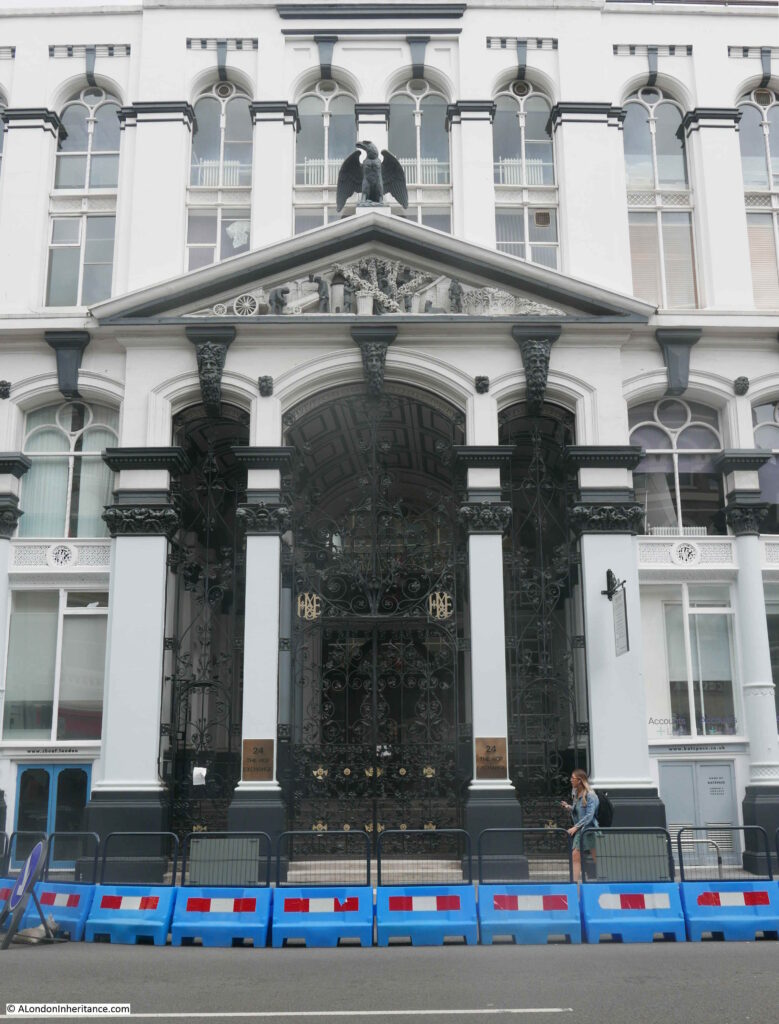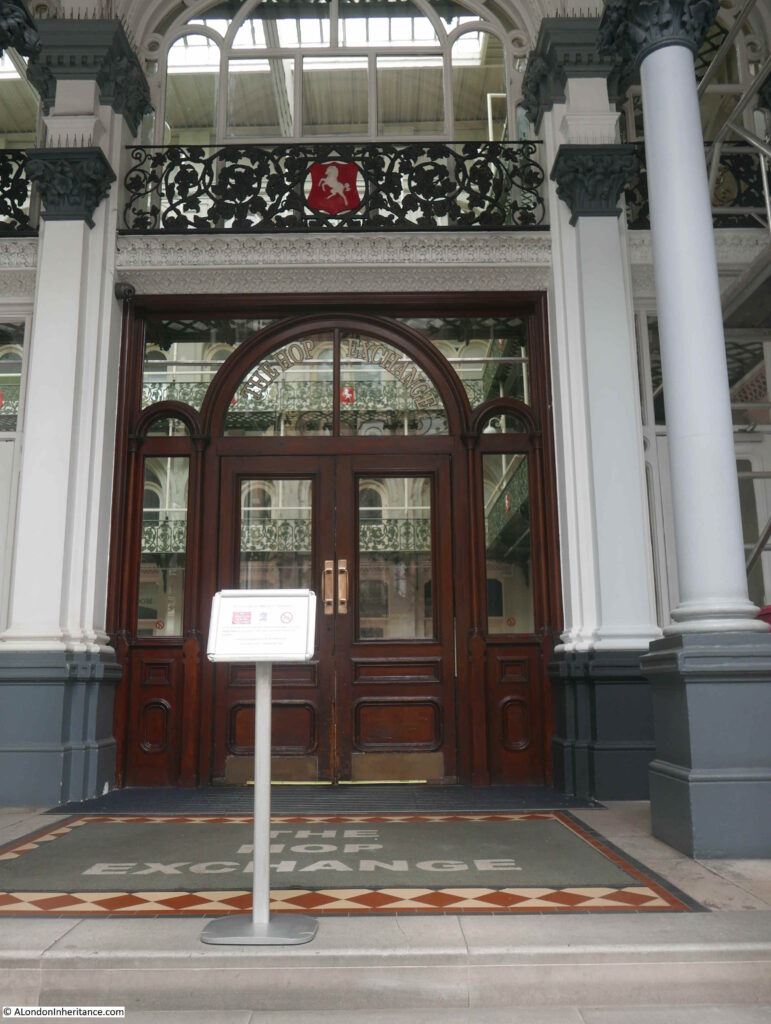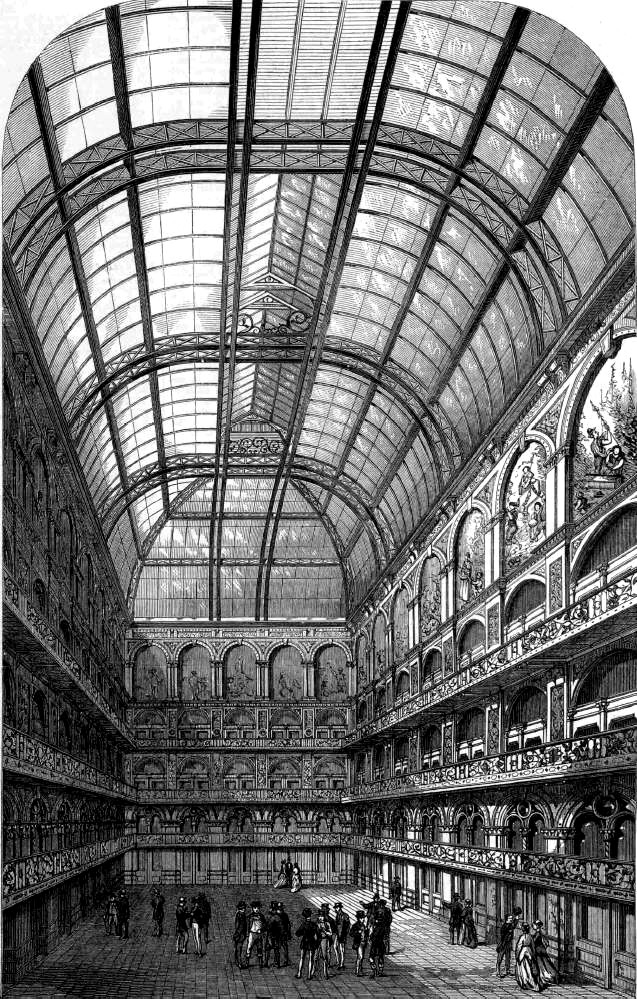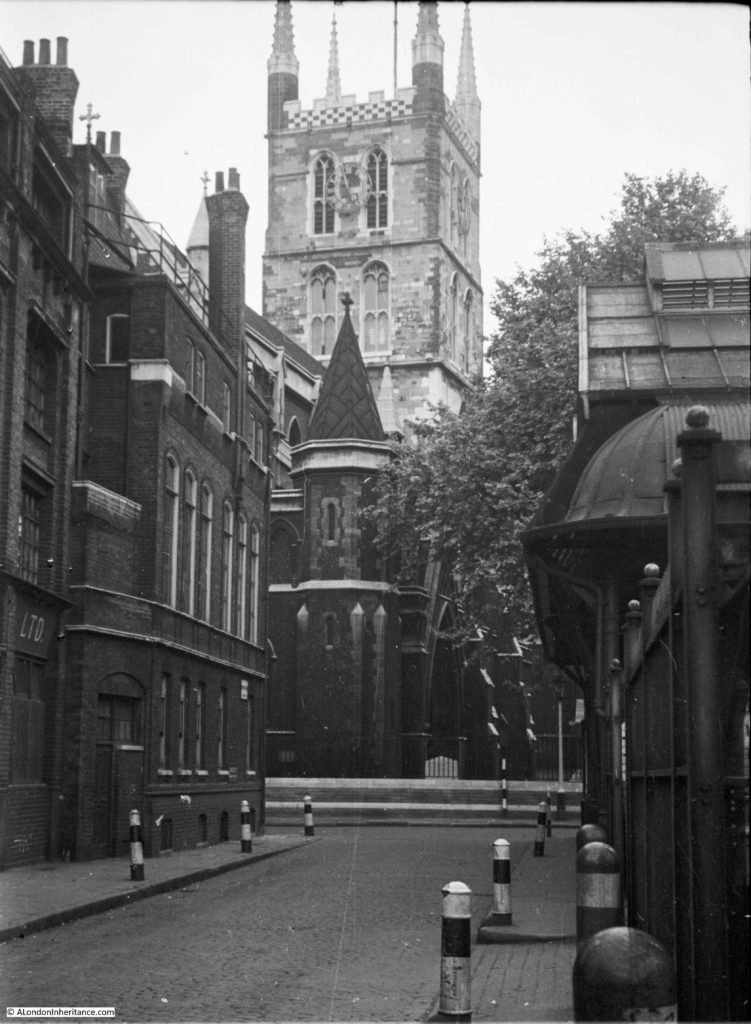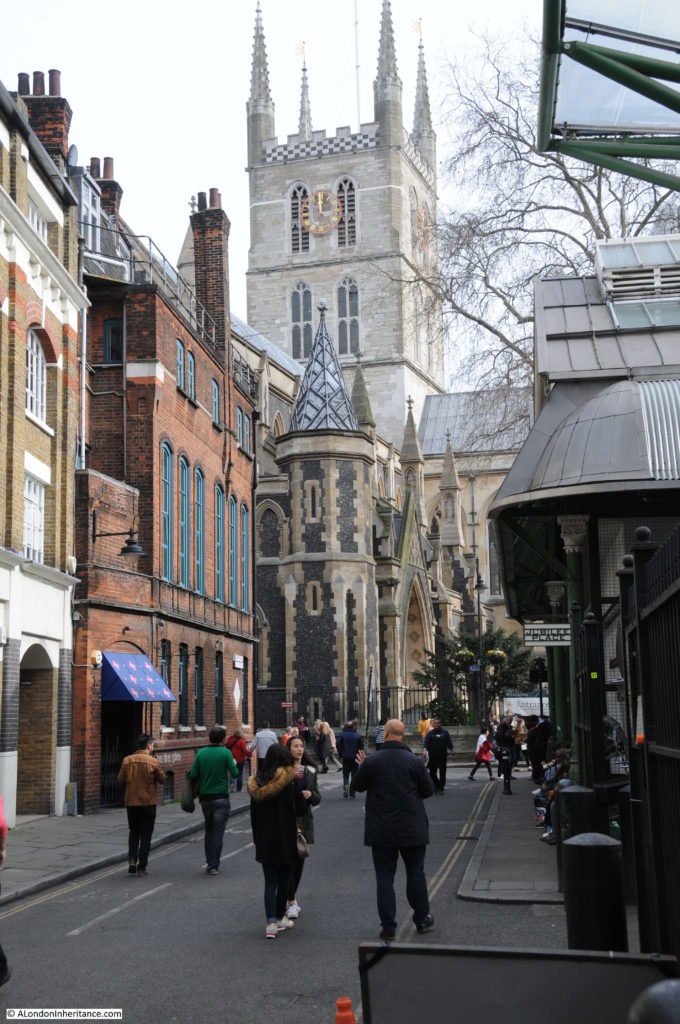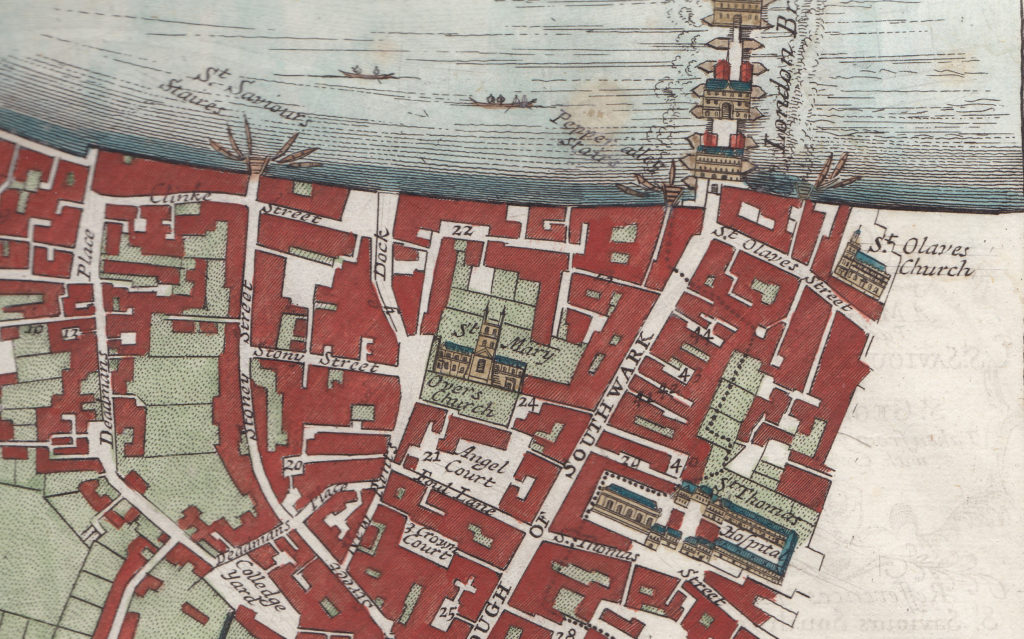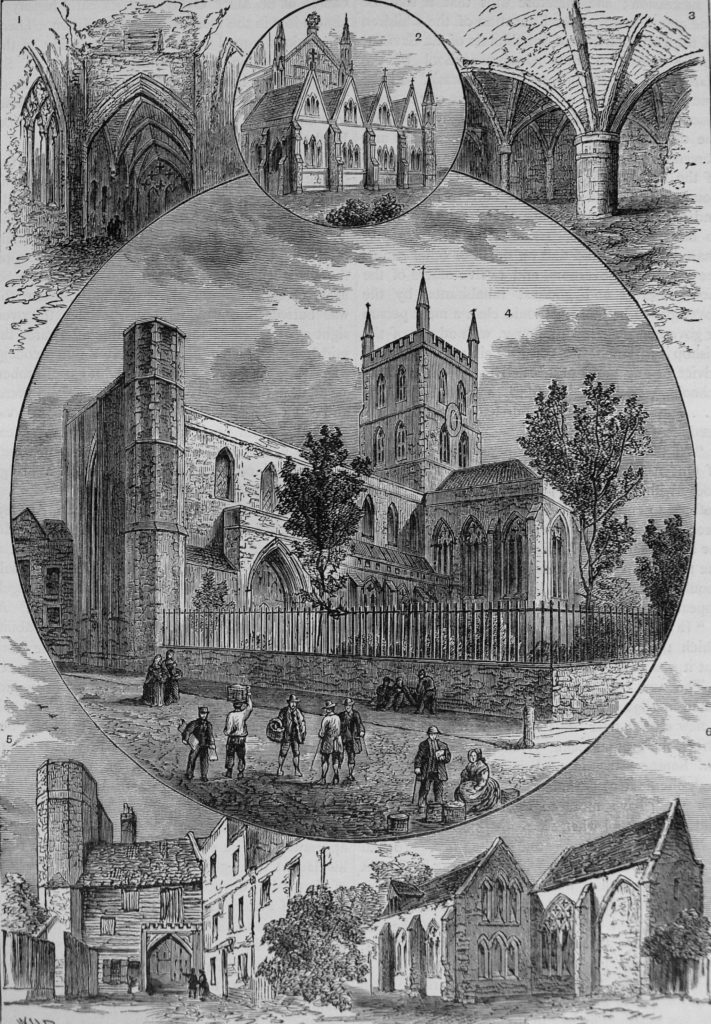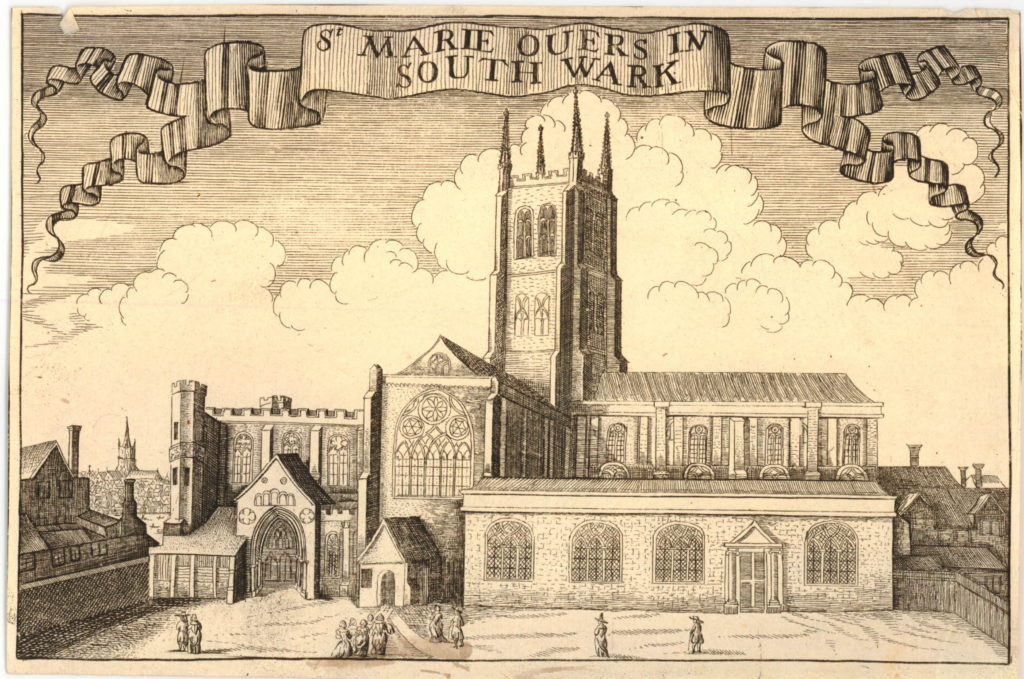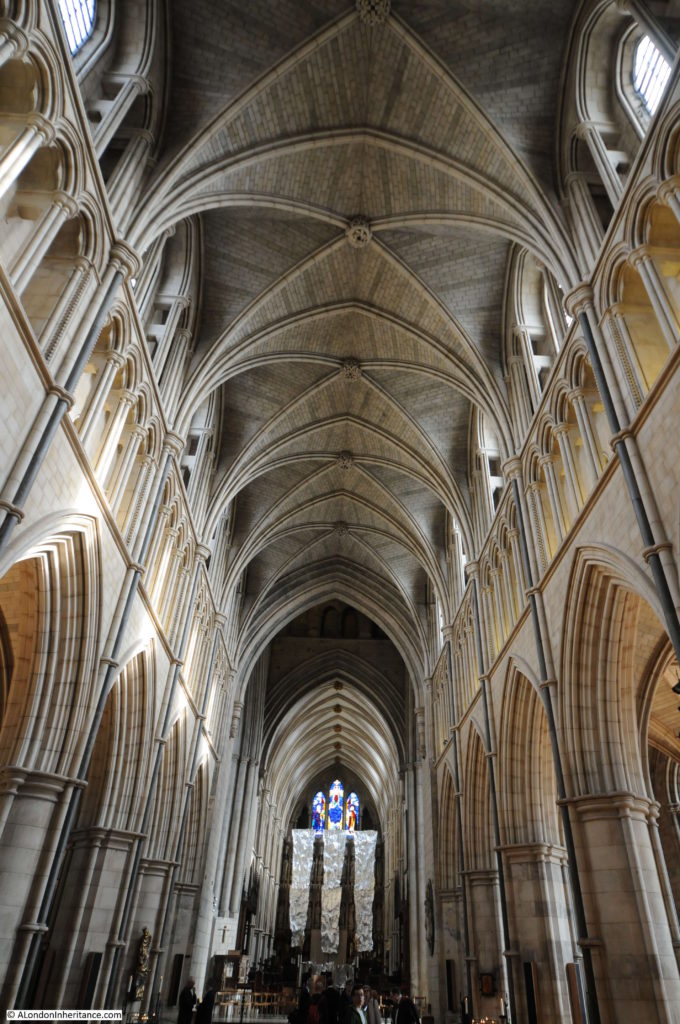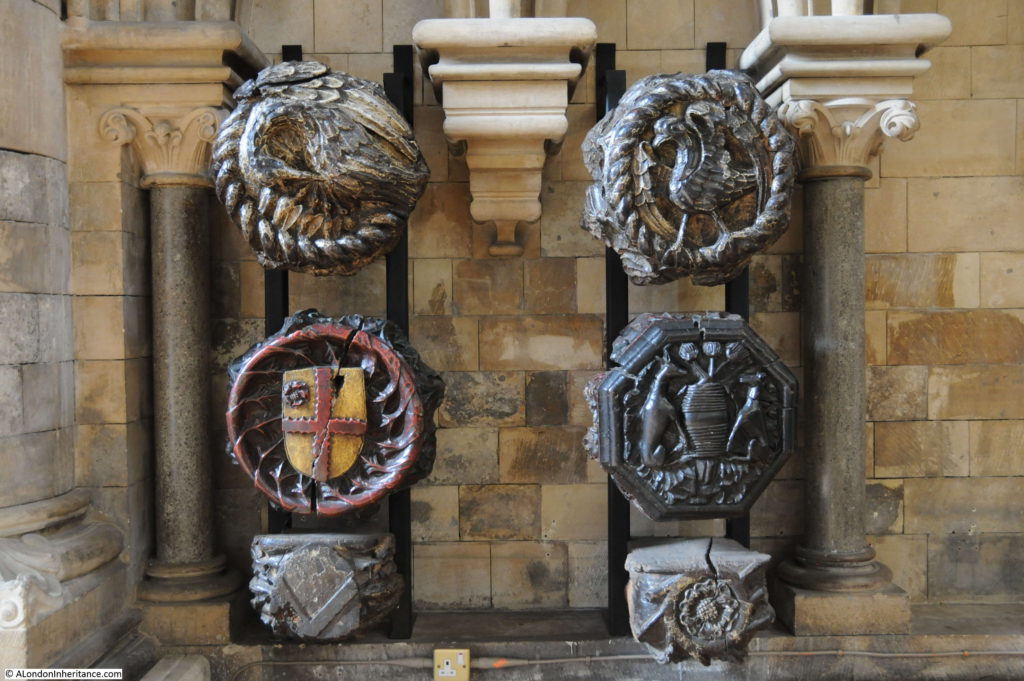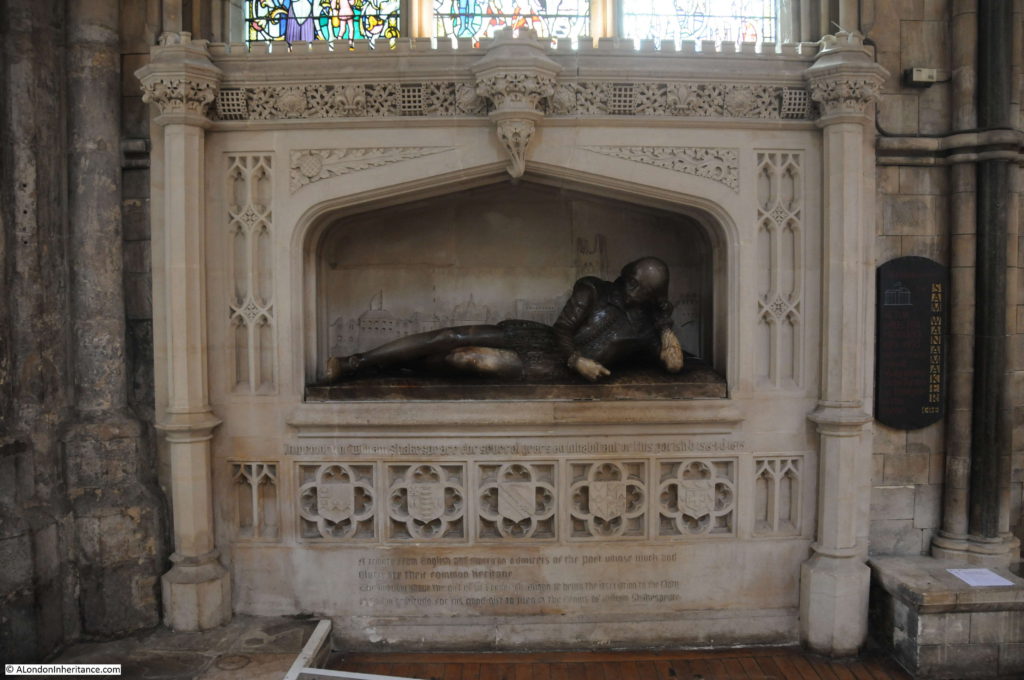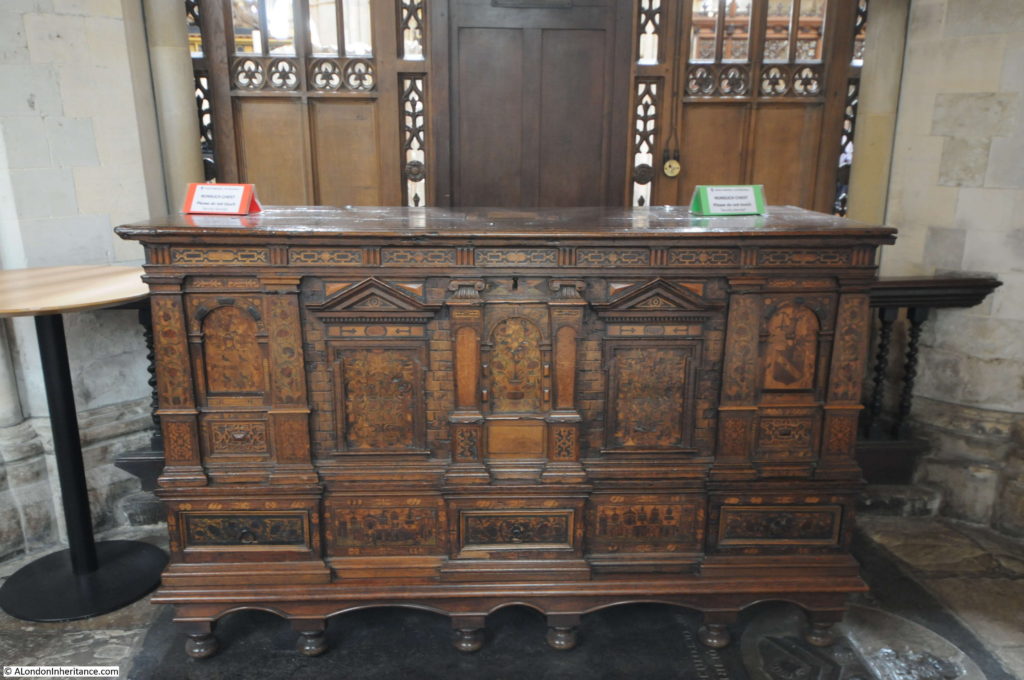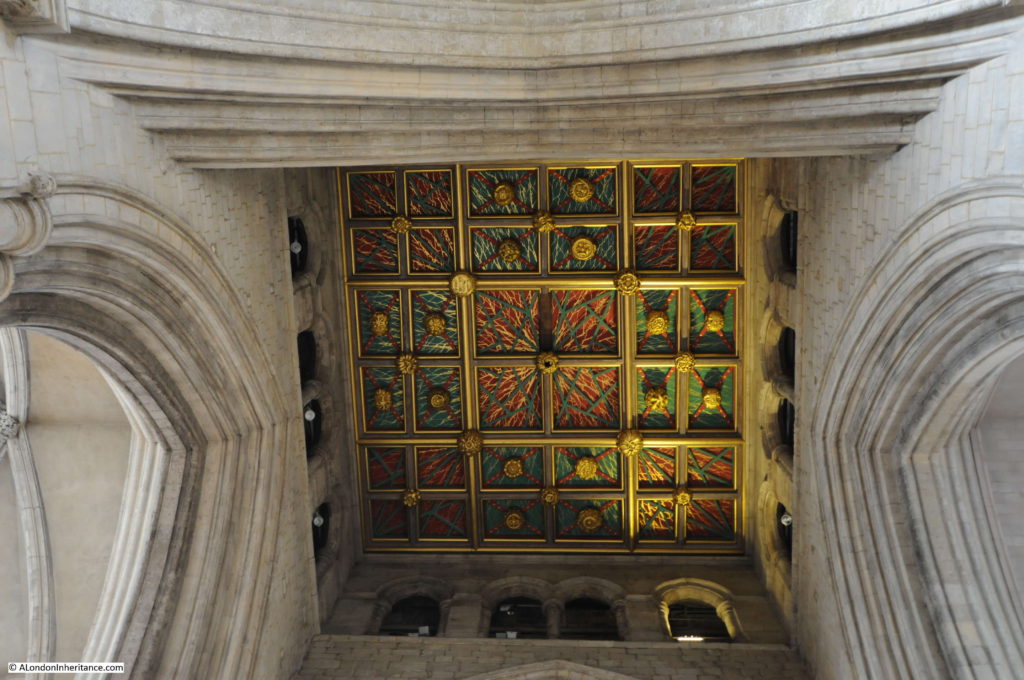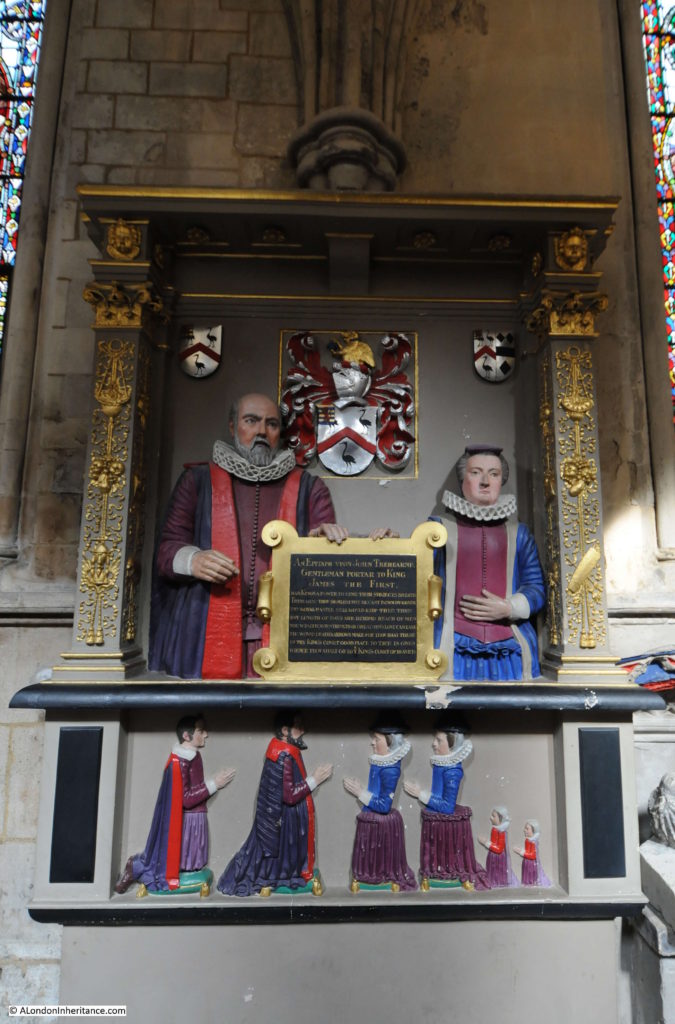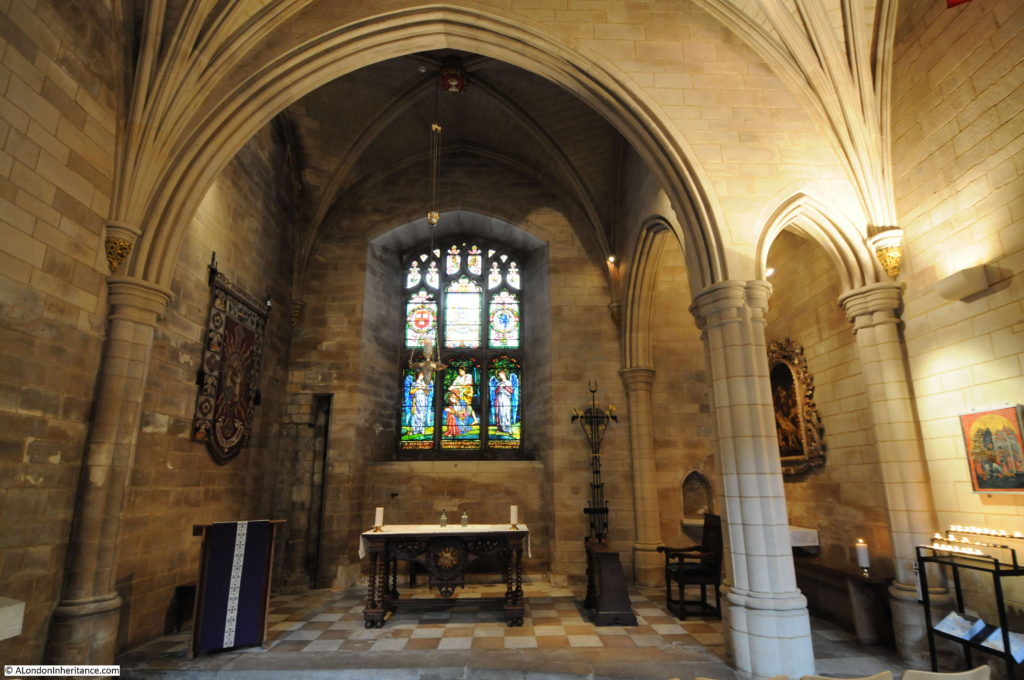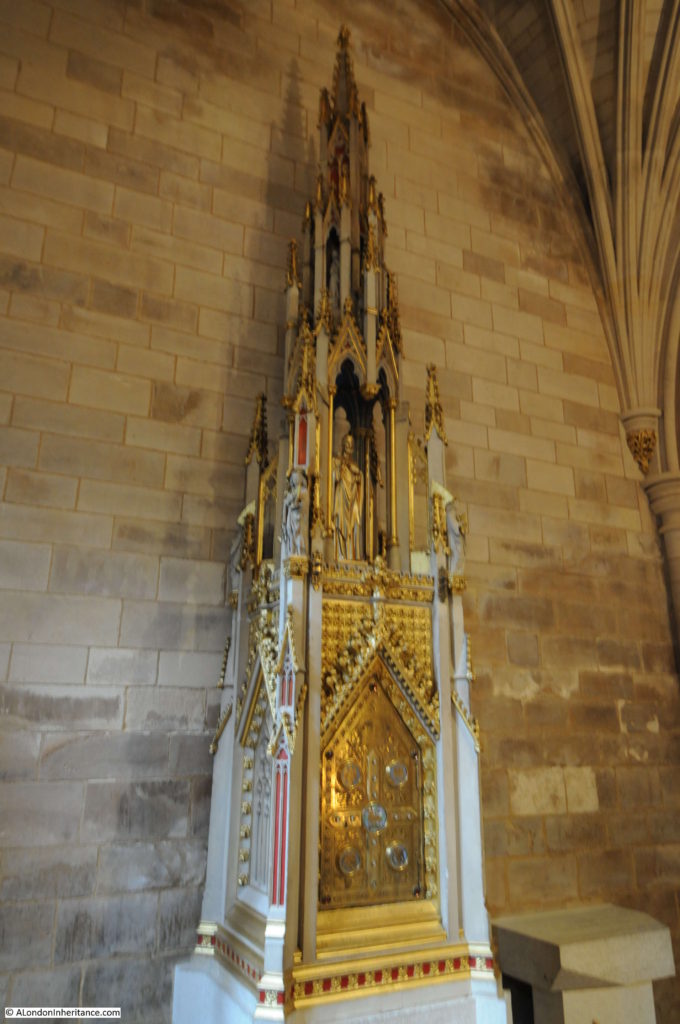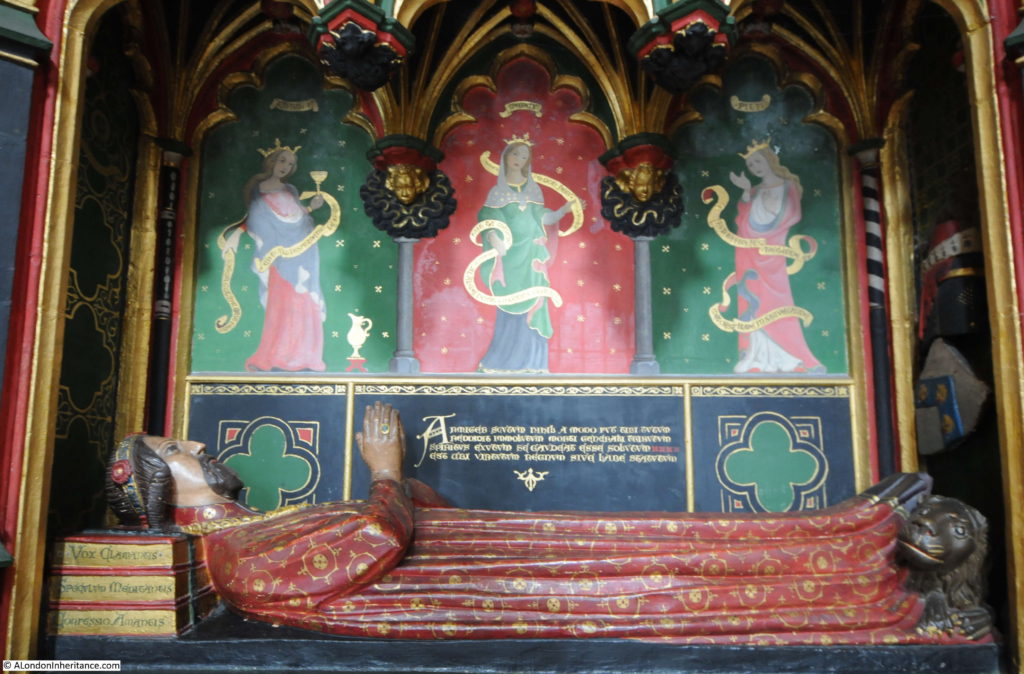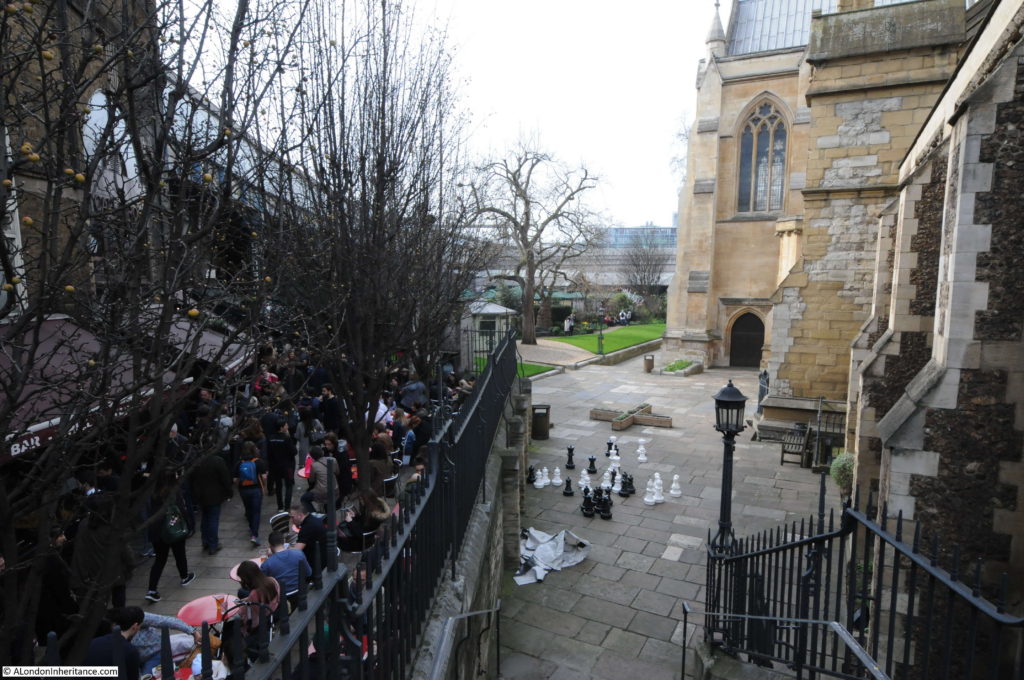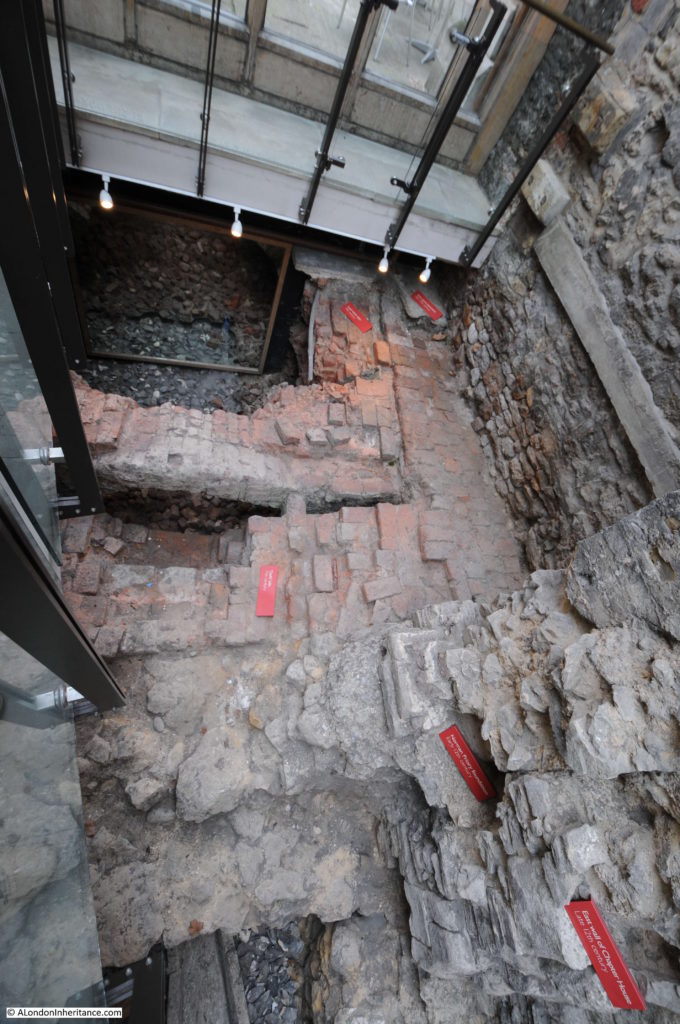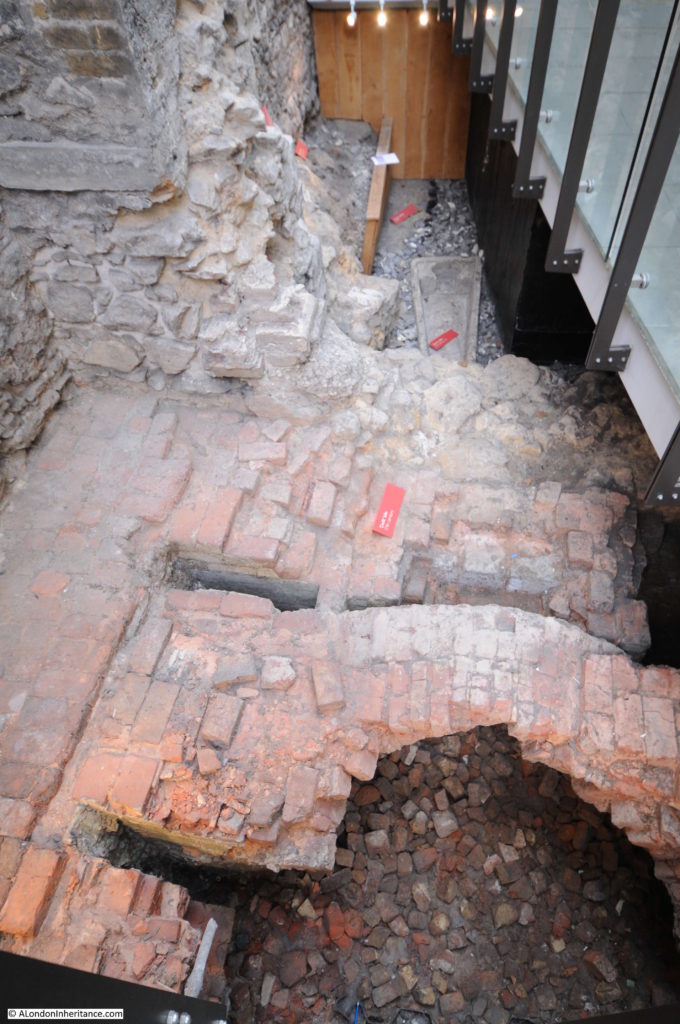In 1977 I was taking some photos around Southwark using my brand new Canon AE-1, purchased using hire purchase as at the time it was the only way I could afford such a camera, and I was desperate to replace the cheap Russian Zenit camera I had been using. The main feature of this camera seemed to be a sticking shutter which ruined far too many photos.
A couple of these photos were of the Globe at Borough Market. A very different market to the market of today.
The same view 43 years later in 2020:
The Globe was built in 1872 to a design by architect Henry Jarvis. A lovely brick pub, the paint on the external walls in my 1977 photo has since been removed to reveal the original brickwork.
When I took the original photo, Borough Market was a very different place. Selling all types of fruit, vegetables, potatoes etc. The market started very early in the morning mainly selling to businesses such as the shops and restaurants of south London.
The narrow aisles between the market stalls meant that vehicles could not easily enter the market so porters were employed to transfer goods from lorries parked in the streets, into the market.
One of the barrows used by a porter is outside the corner entrance to the pub. This was why I took the photo as the barrow and pub seemed to be a good combination that in many ways summed up a London market at the time. There is another barrow parked alongside the Globe at left.
There were a number of pubs surrounding Borough Market, catering to the needs of those who worked in the market, which included being open much earlier in the morning than a normal London pub. Reading the licence information above the door of the Globe gives an indication of days and times that the pub served the market, and the trades of those who were expected in the Globe:
“NOTICE PURSUANT TO THE LICENSING ACT 1964 – Intoxicating liquors are permitted to be sold and supplied in these premises between the hours of six-thirty and eight-thirty of the clock on the morning of Tuesday, Wednesday, Thursday, Friday and Saturday of each week. Excepting Christmas Day, Good Friday and Bank Holidays for the accommodation of persons following their lawful trade of calling as Salesmen, Buyers, Carmen, Assistants or Porters and attending a Public Market at the Borough of Southwark”.
Another photo of the Globe in 1977:
And in 2020. The days of selling Double Diamond are long gone.
In the above photo, at the very top right corner, you can just see an edge of the Thameslink Viaduct that was built over Borough Market between 2009 and 2013.
The first floor of the Globe was the film location for Bridget Jones flat in the 2001 film Bridget Jones Diary.
Globe – the name of the pub in stone above the windows, seen in both the 1977 and 2020 photos:
If you go back to the photo at the top of the post, and look along the left side of the street, and in the distance is an arch with a sign above. The sign still remains although Lee Brothers Potato Merchants have long gone.
The origins of Borough Market are ancient, dating back for at least 1,000 years. Originally a market at the southern end of London Bridge, however by 1754 the City of London was fed up with the Southwark entrance to the bridge being congested by a market, and that the market was taking business away from the City markets. A bill was introduced to Parliament to stop the market trading in March 1756.
The local residents were not happy with the loss of their market and raised £6,000 to buy an area of land called The Triangle, and this became the new home of what is today Borough Market.
The market flourished, and the arrival of the railways with their local goods yards increased the volume of fruit, veg, etc. being sold at the market.
The end of the wholesale market started in the late 1970s and continued in the early 1980s. The City of London constructed New Covent Garden market in Nine Elms. This was a much larger market with considerably easier access and plenty of parking, unlike at Borough Market.
In parallel was the gradual replacement of the traditional corner shop and green grocer by much larger supermarkets who had their own supply chain and had no need to purchase fruit and veg from a local market such as Borough.
The market’s renaissance started in the late 1990s when specialist food suppliers started to move in, and food fairs were organised. Borough Market has since gone from strength to strength, and on most days (prior to the Covid-19 pandemic) it would be crowded with tourists and shoppers.
When walking among the stalls, it almost looks as if you could buy a different cheese for every single day of the year.
Along with the market traders, a wide range of restaurants have opened surrounding the market, and the old pubs that once served the market porters at 6:30 in the morning, have a new lease of life and are serving a very different customer – no longer are barrows left outside the pub door.
One of the pubs surrounding the market is the appropriately named The Market Porter on the corner of Stoney Street and Park Street.
The Market Porter dates from 1890, however the site was previously occupied by a pub named the Harrow.
Further along Stoney Street is another pub that looks in a rather strange location, squashed by the railway bridge directly above the pub. This is the Wheatsheaf:
The current Wheatsheaf building dates from 1840, although a pub had been on the site since the 18th century. It originally had three floors and was part of a terrace. The pub lost the third floor when the pub closed in 2009 for the construction of the Thameslink Viaduct which now runs directly overhead. The Wheatsheaf reopened in 2014 in its new, cramped looking condition, however thankfully this historic pub survived such a dramatic change.
Construction of the Thameslink Viaduct was a significant engineering achievement, with building such a structure above a working market. The viaduct runs for 322 metres across the market, and during construction, work included the removal and replacement of the market’s historic roof.
The following photo shows the Wheatsheaf in 1943, in its original condition (the building on the right), along with the same style of barrow that I would photograph in 1977:
Image credit: London Metropolitan Archives, City of London: catalogue ref: SC_PHL_01_376_F1582
On the corner of Stoney Street and Southwark Street is the Southwark Tavern, a lovely Victorian corner pub dating from 1862:
However a more remarkable building is alongside the Southwark Tavern. This is the imposing Hop and Malt Exchange.
The Hop and Malt Exchange dates from 1867 and was designed by the architect R.H. Moore, and was the premises of the Hop Planters Association.
The frontage along Southwark Street is 340 feet and it covered more than an acre of land.
Although the building looks impressive today, it was originally a much taller building, however after a fire in 1920 which gutted much of the building, the top two floors were demolished. The original, larger facade just after the fire can be seen in the photo below:
Image credit: London Metropolitan Archives, City of London: catalogue ref: C_PHL_01_375_574c_2
The Hop and Malt Exchange was built in Southwark, as it was close to the main railway stations and goods depots that served the hop growing counties of Kent, Sussex and Surrey and provided a place were growers and buyers could meet in one place to conduct the sale of hops.
The main entrance to the Hop and Malt Exchange:
The pediment above the main entrance contains some wonderful decoration showing hop and malt production. Hops being grown and picked in the centre. Barley being grown on the right for the production of malt, with these products being carried in a sack on a barrow on the left.
Looking through the iron gates of the entrance (which are also beautifully decorated), we can glimpse the main Exchange Room:
The Exchange Room was the central point for trading activities. It was 80 feet long by 50 feet wide and 75 feet was the original height to the top floor. The roof was glass allowing plenty of natural light to shine on the floor below. There was a central lantern feature running along the length of the roof, and in the pre-fire building, this was 115 feet above the floor of the Exchange Room.
The Exchange Room was surrounded by four floors of offices and show rooms where growers could show off their products to potential buyers. First and second class refreshment rooms were also provided. Presumably you used the first class when trying to impress a buyer, and the second class for normal refreshment.
A view of the Exchange Room after opening:
Today, the Hop and Malt Exchange has been restored and is currently a location providing office, corporate hospitality and a live events space, so in some ways is still true to the original use of the building – although no longer trading in hops and malt.
Borough Market and the Hop and Malt Exchange highlight that this area was a significant place for trading agricultural products. What started off as a market on the southern end of London Bridge, grew considerably with the arrival of the railways. Road and rail access to the southern agricultural counties turned this part of Southwark into a key location where London’s shops, restaurants and breweries could negotiate and buy the key agricultural products they needed for their business.
My 1977 photo captured the very end of that long period, but Borough Market still remains serving a new, 21st century customer.

